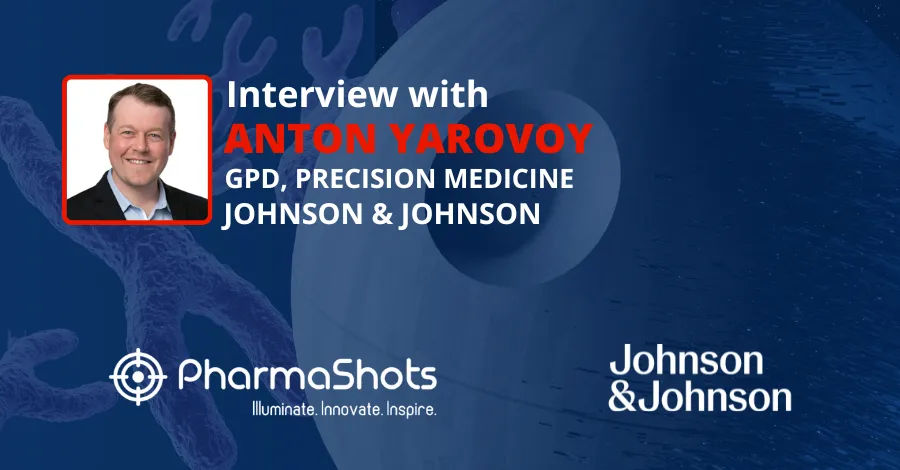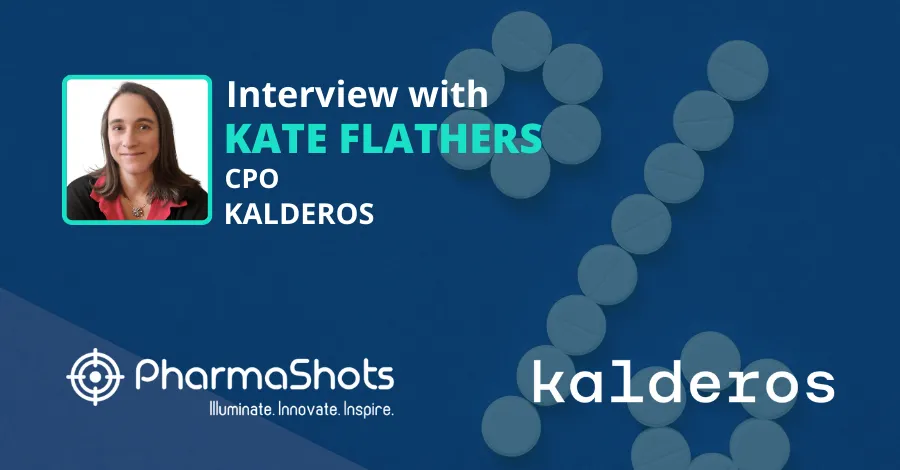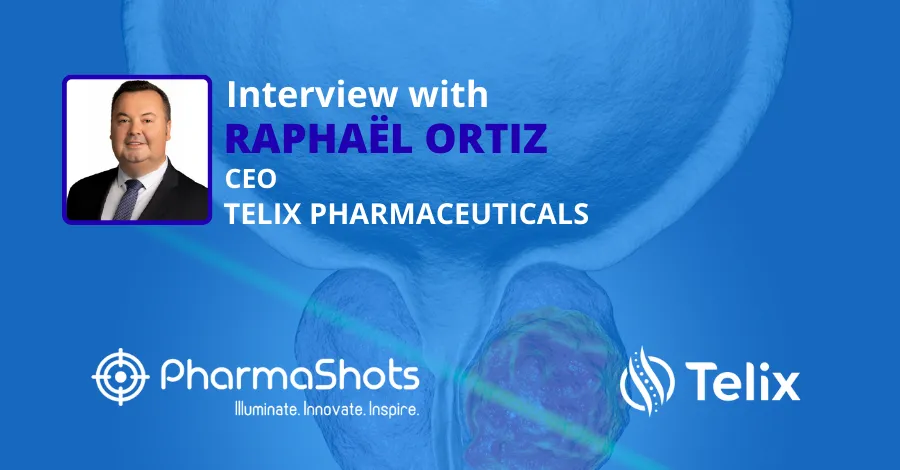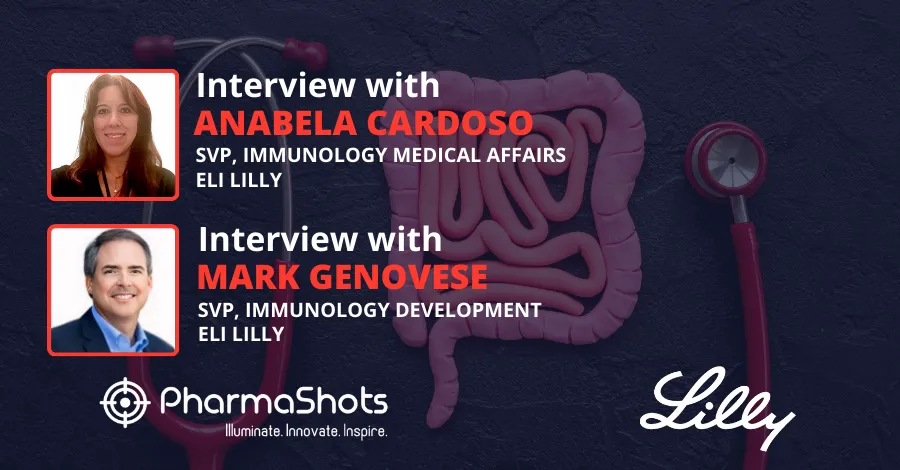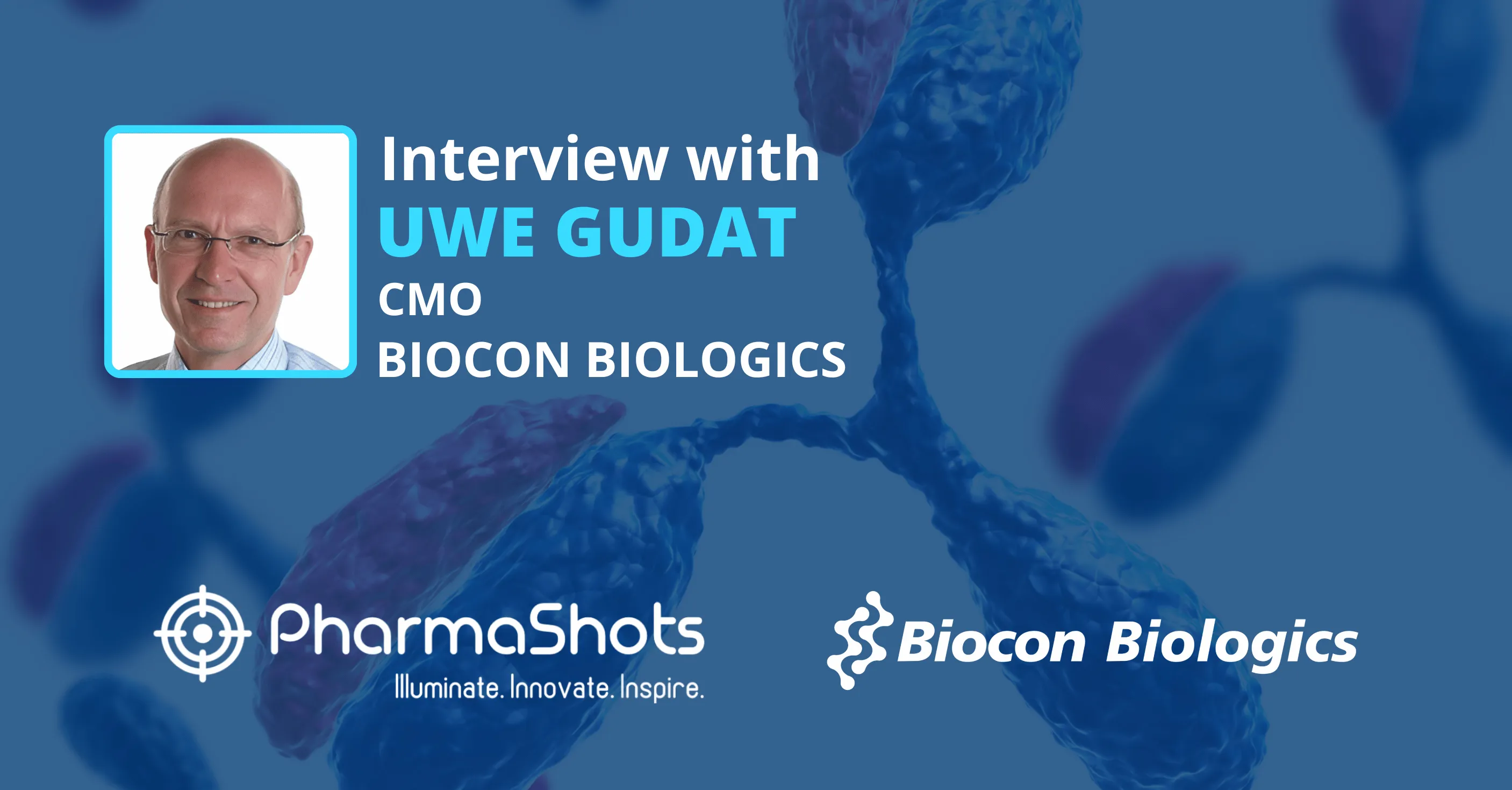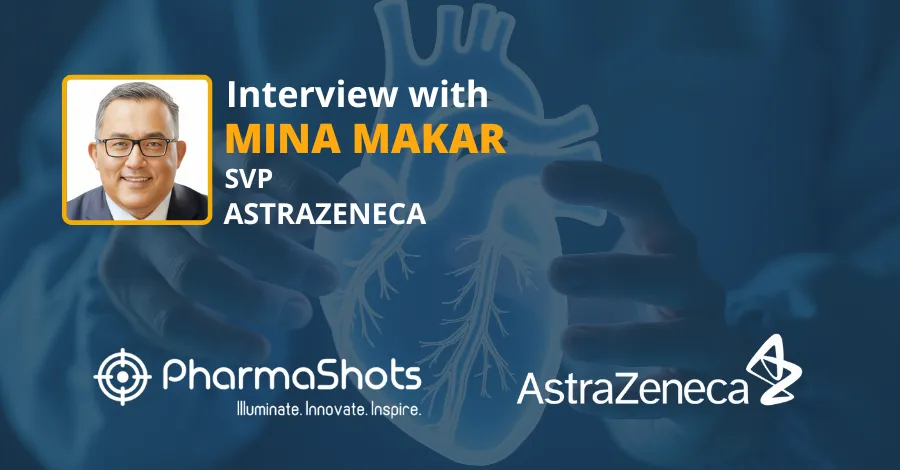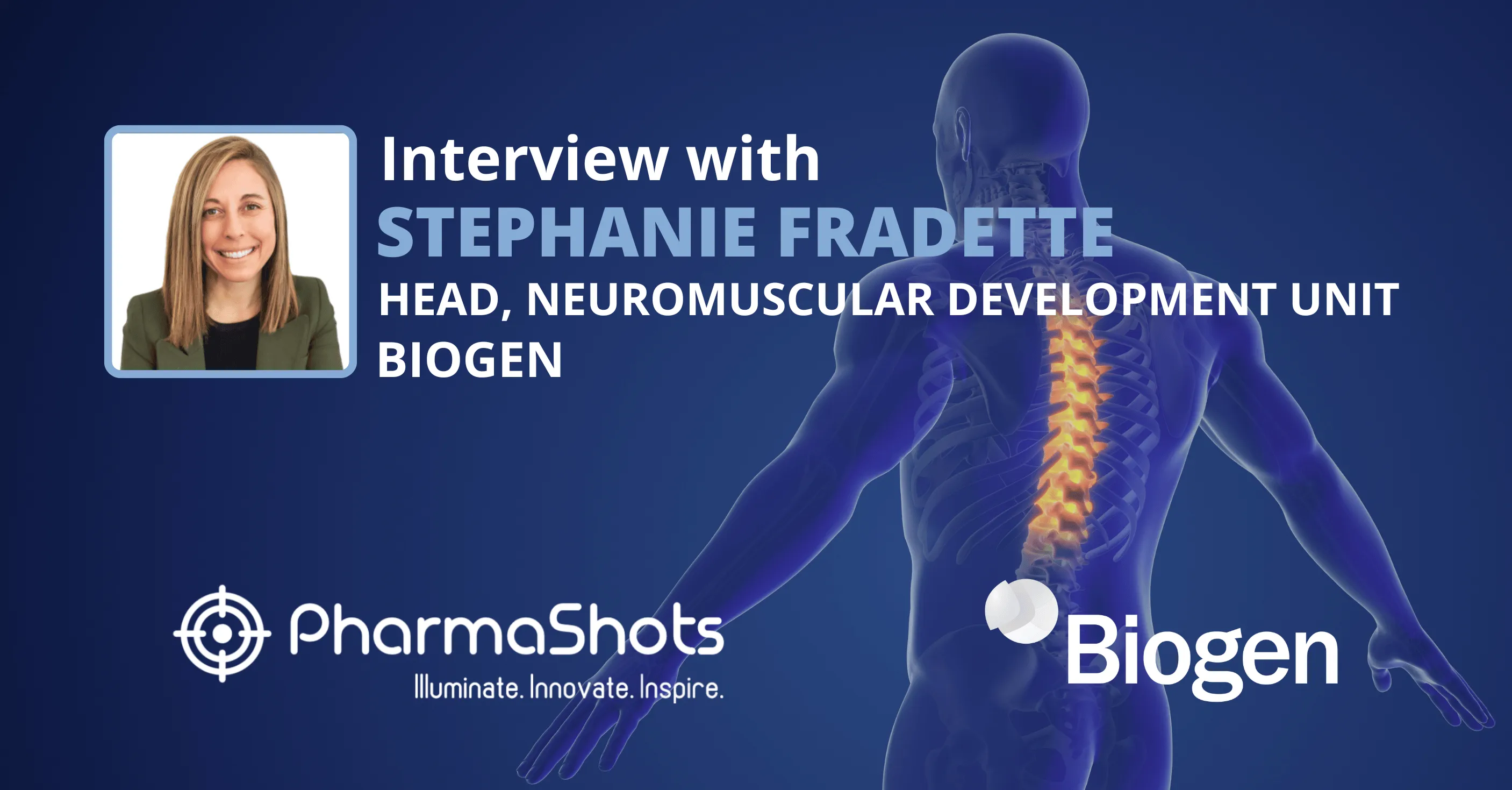
Matthew G. Fishler Shares the Highlights of AVEIR DR, the World’s First Dual-Chamber Leadless Pacemaker System
Shots:
-
Matthew G. Fishler, Chief Engineer and Director of Product Development Abbott’s Cardiac Rythm Management Business, in an insightful conversation with PharmaShots
-
Matthew shares the highlights of the recently approved AVEIR Dr, the world’s first dual-chamber leadless pacemaker system for patients with slower-than-normal or abnormal heart rhythms
-
Equipped with i2i™ communication technology, AVIER DR eliminates lead-related complications and offers a less restrictive recovery period due to the minimally invasive catheter-based procedure
Saurabh: Can you provide us with an overview of the newly approved AVEIR dual-chamber leadless pacemaker developed by Abbott and its significance in the medical field?
Matthew: Nearly 80% of people who receive a pacemaker need a dual-chamber option to pace both chambers of the heart. Previously available leadless pacing options have been limited to single-chamber ventricular devices because the seamless synchronization of two leadless pacemakers has been a significant technological challenge. AVEIR DR solves this challenge.
AVEIR DR is the world's first dual-chamber leadless pacemaker system revolutionizing care for people in the U.S. with slower-than-normal or abnormal heart rhythms. It is a new method of delivering dual-chamber therapy to people as it is comprised of two distinct devices — one that paces the right ventricle and one that paces the right atrium. Roughly one-tenth the size of a traditional pacemaker (and smaller than a AAA battery), the atrial and ventricular devices of the AVEIR DR leadless pacemaker system can communicate with each other through first-of-its-kind implant-to-implant (i2i™) technology to establish continuous, synchronized pacing therapy between the right atrium and the right ventricle. AVEIR leadless pacemakers are also engineered to be retrieved should a person’s therapy needs change, or they need a replacement device in the future.
Saurabh: Share with us insights about Abbott's proprietary i2i communication technology.
Matthew: Comprehensive dual-chamber pacing support entails providing robust synchronization between the heart’s atria and ventricles. In a traditional dual-chamber pacemaker with leads, that one pacemaker has complete knowledge of the intrinsic activity occurring within both chambers of the heart (including the relative timing of those intrinsic events), and it likewise has complete control of the timing of any applied pacing outputs delivered to those chambers. In contrast, with a leadless pacemaker system comprising distinct devices located in the right atrium and the right ventricle, that common knowledge is not locally available to either device without dynamic and continuous sharing of information between those devices. Abbott has solved this challenge with its pioneering i2i™ communication technology.
Abbott recognized very early in the conceptualization phase of developing a leadless dual-chamber system that existing communication technologies which were already being used within implantable medical devices — such as inductive, RF and even Bluetooth / BLE — would not be suitable for the demands of beat-by-beat communication because they would all require orders-of-magnitude more energy than could be afforded within a leadless pacemaker package. Abbott solved this challenge by inventing a novel approach based on a conducted communication modality, wherein short messages of key information necessary for dynamic synchronization were encoded into packets of ultra-short electrical impulses and exchanged between the leadless pacemakers during each cardiac cycle. This approach proved to be extremely efficient, since electrical impulses conduct quite well through the human body and the leadless pacemakers could leverage many of the components of the device that were already present to support its pacing and sensing functions (such as the pacing/sensing electrodes, the electronics, etc).
Saurabh: How is Abbott’s dual-chamber leadless pacemaker different from the traditional pacemaker?
Matthew: Traditional pacemakers are small battery-powered devices implanted within a pocket created underneath the skin in a person’s chest. The device delivers electrical impulses directly to the heart muscle via thin insulated wires, known as pacing leads, routed through the vasculature into the heart to restore a normal heart rhythm. Leadless pacemakers are implanted directly into the heart through a minimally invasive, catheter-based procedure, thus eliminating a pulse generator under the skin and the need for pacing leads through the vasculature. For the first time, people with slower-than-normal or abnormal heart rhythms can receive a dual-chamber leadless pacemaker with the AVEIR DR system.
Saurabh: Abbott’s dual-chamber leadless pacemaker is the first of its kind. Tell us how it can overcome the challenges faced by other pacemakers.
Matthew: While traditional pacemakers have been extremely effective for millions of people with slow or abnormal heart rhythms, a substantial fraction of recipients treated with a traditional pacemaker (approximately 1 in 8[1]) experience a complication attributed to the pocket or the leads. Because Abbott’s leadless pacemakers can be implanted directly within the heart, they effectively eliminate all of the pocket-related and lead-related complications.
A single-chamber leadless pacemaker can only treat ~10-20% of all patients needing a pacemaker; the remaining ~80% have indications that require therapeutic support that can only be provided via a dual-chamber pacemaker. One of the biggest challenges to providing full dual-chamber therapy in a leadless system is the need for those individual devices to continuously share information pertinent to the dynamic maintenance of synchronized therapy. Abbott’s dual-chamber leadless pacemaker system overcame this technological hurdle with its revolutionary i2i™ communication technology.
Saurabh: How will Abbott’s dual-chamber leadless pacemaker improve quality of life as compared to the existing ones?
Matthew: While leadless pacemakers work like traditional pacemakers to regulate the heart rate, they eliminate lead-related complications and offer a less restrictive recovery period due to the minimally invasive catheter-based procedure. The procedure leaves no scarring, and since the pacemaker is smaller than a AAA battery and implanted directly inside the heart, the device is not visible to the eye. As such, there is no visible or physical reminder — to themselves or others — that they even have a pacemaker.
AVEIR DR offers physicians and people flexible and tailored options with its dual-chamber design. The AVEIR DR system is modular, and a single leadless pacemaker can be implanted based on initial needs. If the person’s needs evolve and dual-chamber pacing is needed, the second device can be implanted and function as a dual-chamber system.
I recently spoke with a patient who shared that the AVEIR DR system gave her the gift of freedom as she no longer feels anxious about potential fainting episodes.
Saurabh: Abbott received approval for the dual-chamber leadless pacemaker in the US. Are you planning to make it available in other countries?
Matthew: Yes, Abbott is planning to make the AVEIR DR system available in many other geographies as the necessary regulatory approvals in those respective geographies are obtained. We are anticipating that the AVEIR DR system will receive a CE mark in mid-2024.
Image Source: Canva
About the Author

Matthew G. Fishler
Matthew G. Fishler is the Chief Engineer and Director of Systems Engineering for the leadless platform in Abbott’s Cardiac Rhythm Management (CRM) organization. He started working on the leadless system for Abbott in 2012 and became responsible for system-level design and development of the platform in 2014.
Prior to his current role, Fishler was a member of the core team at Abbott that designed the original architecture for what is now the AVEIR™ DR system—the world’s first and only dual-chamber leadless pacemaker. His contributions to this groundbreaking effort include conceptualizing and developing Abbott's proprietary implant-to-implant (i2i™) communication modality. i2i enables leadless synchronization of separate implanted pacemakers based on the clinical needs of each patient via the naturally conductive characteristics of the body's blood.
In 2002, Fishler and the leadless platform team were honored with Abbott’s 2022 Donalee Tabern Outstanding Research Team Award for the development of the AVEIR DR pacing system.
Fishler earned his PhD from The Johns Hopkins School of Medicine, his MBA from Cornell University, and his BSE from Duke University. He is the author and coauthor of more than 50 peer-reviewed articles in leading scientific publications and has been granted over 40 U.S. patents.
Tags

Saurabh is a Senior Content Writer at PharmaShots. He is a voracious reader and follows the recent trends and innovations of life science companies diligently. His work at PharmaShots involves writing articles, editing content, and proofreading drafts. He has a knack for writing content that covers the Biotech, MedTech, Pharmaceutical, and Healthcare sectors.





